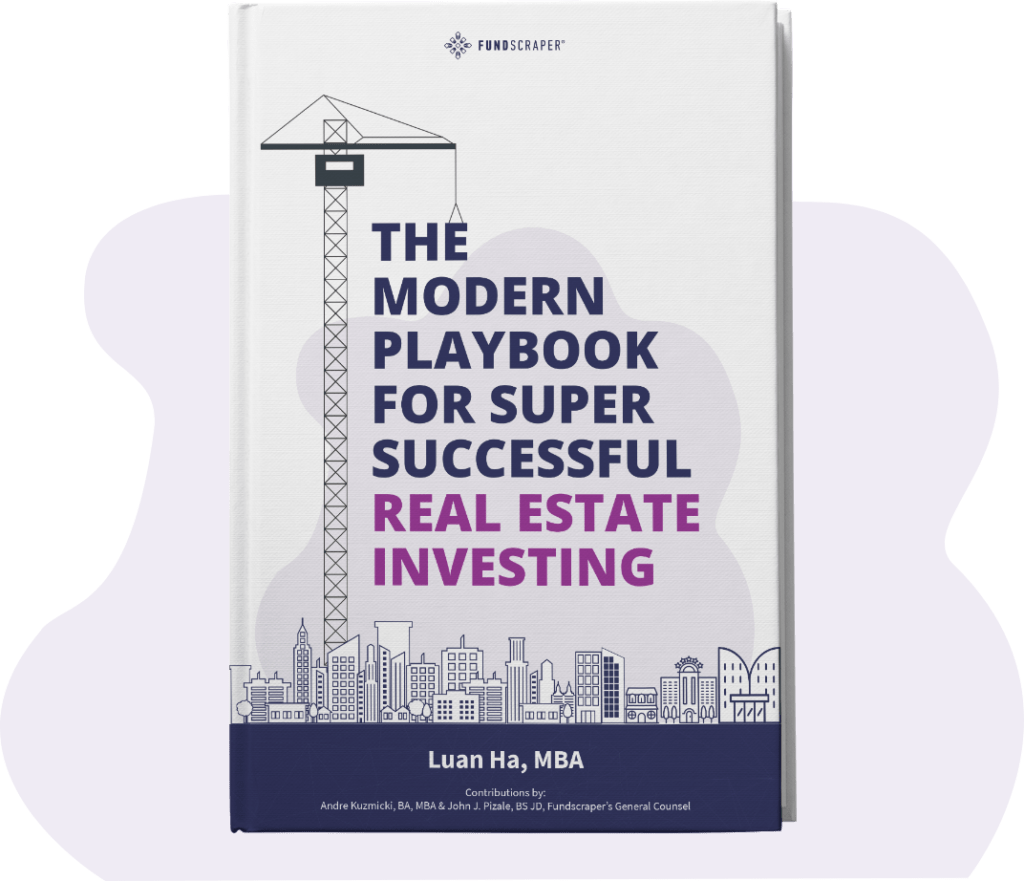What are RRSP-Eligible Investments?
What investments are RRSP-eligible?
RRSP-eligible investments are investments you can hold within your Registered Retirement Savings Plan (RRSP).
An RRSP is a type of personal savings plan registered with the Canadian federal government. You can contribute to this throughout your working years and accumulate funds to be used when you retire.
By placing your income in investments within your RRSP, you invite the potential for it to grow.
One of the benefits of doing this through an RRSP account is that these investments are tax deferred. You don’t pay tax on income earned through your RRSP investments until you retire or withdraw funds from the RRSP account, the taxes payable are then calculated based upon your current marginal tax rate at time of withdrawal.
For individuals earning an income during their working years, you will likely be in a higher marginal tax bracket, so it makes sense to set aside savings in your RRSP account, invest it on a tax deferred basis, then withdraw it in your later years (such as when you have retired) in a lower tax bracket.
Interested in Using Your RRSPs to Invest in Real Estate?
Create an account to review the properties available on the marketplace today.
What Investments are RRSP-Eligible?
Certain investments can be held within your RRSP. Eligible investments for RRSP include the following qualified investments:
CRA RRSP Eligible Investments:
- Stocks
- Bonds
- Options
- Mutual funds
- Exchange-traded funds (ETFs)
- Savings deposits
- Treasury bills
- Guaranteed Investment Certificates (GICs)
- Some RESPs
What makes an investment “qualified”?
The Canada Revenue Agency (CRA) decides which investments you can place within your RRSP. Generally, investment grade securities traded on a designated stock exchange, such as one in Canada, are recognized. Canada’s Finance Department assesses which stock exchanges are deemed Designated around the world.
A foreign stock exchange such as the New York Stock Exchange counts, as well as about 46 other global exchanges. These include the Toronto Stock Exchange (TSX), NASDAQ, the London Stock Exchange, for example.

RESPs/RRIFs in Relation to RRSPs
In specific cases, RESP funds up to $50,000 can be placed in your RRSP.
Your RESP must have been in existence for a minimum of ten years, and all beneficiaries must be 21 years old or older, and not pursuing higher education. If you don’t transfer your unused RESP money to an RRSP, you will be charged special tax on the interest earned from funds in the plan, plus an added 20%.
You can have an RRSP and a Registered Retirement Income Fund (RRIF) at the same time up until you turn 71. At this point, you must convert your RRSP to a RRIF, or some other form of retirement income.
Want to Learn More About Saving Funds and How You Can Use Them? Read these Articles Today:
Some types of investments are not allowed to be held within your RRSP.
Prohibited investments that cannot be held within an RRSP, at risk of penalty as per Canada’s income tax folio include:
Ineligible RRSP Investments:
- Direct land
- Employee stock options
- Business investments in small business
- Commodity futures
- Investments/stocks within a private company in which you are a designated shareholder
- Personal assets (jewelry/art)
- Precious metals
- Bonds issued by a wholly owned subsidiary whose shares are not publicly traded
- Naked put and call options
- Mortgage loans on a commercial property that’s owned by a relative
- Bonds and debentures issued by companies with shares listed on a designated foreign stock exchange, even in cases where the company’s shares are eligible
To build investments RRSPs, contact nearby financial institutions.
A bank or credit union can assist with making deposits of money into an RRSP, and both have a similar obligation to provide you with the most recent information.

Ensuring Your RRSP-Eligible Investments are CRA Qualified
Your banking or trustee institution can administer your RRSP for a fee.
Professionals can advise you on which investments to include, annual contribution limits, deadlines, and more. You may also choose to self direct your RRSP. This means you determine which self directed RRSP eligible investments to place within your RRSP and control all decisions.
In some ways, a self-directed RRSP can provide you with increased freedom and control of your finances, if you are dedicated to researching your decisions thoroughly.
When determining eligible investments for RRSP, as stated above, you need to ensure what you choose is approved by the CRA. With rrsp eligible investments private companies promote such as securities, you must ensure what you select is traded on at least one global stock exchange that has been deemed a Designated Stock Exchange by Canada’s Finance Department.
When searching for RRSP eligible investments CRA online, you can find a list of Designated Stock Exchanges on the Government of Canada’s website. Click and scroll down to find an alphabetized list of all Designated Stock Exchanges. Included exchanges are those within Canada, Europe, Brazil, Australia, New Zealand, parts of Asia, Jamaica, Bermuda, and South Africa.
Getting Help with Your Eligible RRSP Investments
At Fundscraper, we help you get to the most out of your RRSP investments.
Many people are unaware it’s possible to invest in mortgages, private mortgage investment corporations, mortgage trusts and mutual fund trusts that focus on real estate assets, within your RRSPs. Private real estate can present an opportunity for diversification and capital growth. Our team takes into account your investment portfolio, experience, tolerance for risk, and needs and expectations to find the appropriate products for you to consider.
In a few simple steps you can set up a self-directed RRSP to get started.
Contact us today to learn more. Grow your future nest egg!








